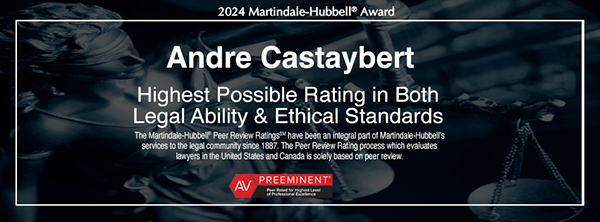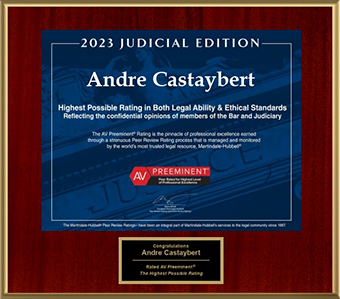Unpaid Fashion Internships Back in Style
This past December, the Second Circuit held that unpaid students working at Hearst Communications were in fact interns, and not entry-level employees, as Xuedan “Diana” Wang claimed in her lawsuit against the corporation. Her 2011 complaint alleged that Hearst interns were actually entry-level employees, mislabeled as interns, who were denied minimum wage and overtime payment in violation of the Fair Labor Standards Act and state law. The Second Circuit, in determining “whether Hearst furnishes bona fide for-credit internships or whether it exploits student-interns to avoid hiring and compensating entry-level employees,” considered the test established in Glatt v. Fox Searchlight Pictures Inc., which asks who the primary beneficiary of the internship relationship is. Citing various relevant factors, including that the internships were tied to an academic program, that they provided an educational experience—even in including repetitive or menial tasks—and that Hearst made clear that there would be no monetary compensation, the Court ruled in favor of the defendant.
Shortly following the decision, the Department of Labor issued “Fact Sheet #71: Internship Programs Under The Fair Labor Standards Act,” a set of guidelines which outlines seven factors to help determine whether students working for “for-profit” employers are entitled to minimum wages and overtime pay:
1. The extent to which the intern and the employer clearly understand that there is no expectation of compensation. Any promise of compensation, express or implied, suggests that the intern is an employee—and vice versa.
2. The extent to which the internship provides training that would be similar to that which would be given in an educational environment, including the clinical and other hands-on training provided by educational institutions.
3. The extent to which the internship is tied to the intern’s formal education program by integrated coursework or the receipt of academic credit.
4. The extent to which the internship accommodates the intern’s academic commitments by corresponding to the academic calendar.
5. The extent to which the internship’s duration is limited to the period in which the internship provides the intern with beneficial learning.
6. The extent to which the intern’s work complements, rather than displaces, the work of paid employees while providing significant educational benefits to the intern.
7. The extent to which the intern and the employer understand that the internship is conducted without entitlement to a paid job at the conclusion of the internship.
It is important to note that though these factors clarify how courts analyze the legality of an unpaid position, no single factor is determinative, and “whether an intern or student is an employee under the FLSA necessarily depends on the unique circumstances of each case.”
To read more about the status of unpaid internships in the fashion industry, click here.
To learn how Castaybert PLLC can assist with matters of employment law, please click here.
To learn how Castaybert PLLC can assist with fashion law matters, please click here.









